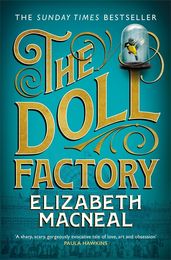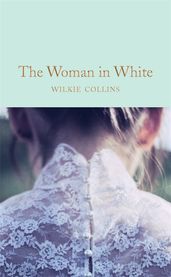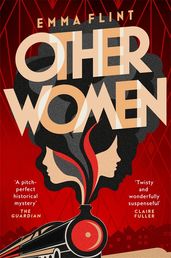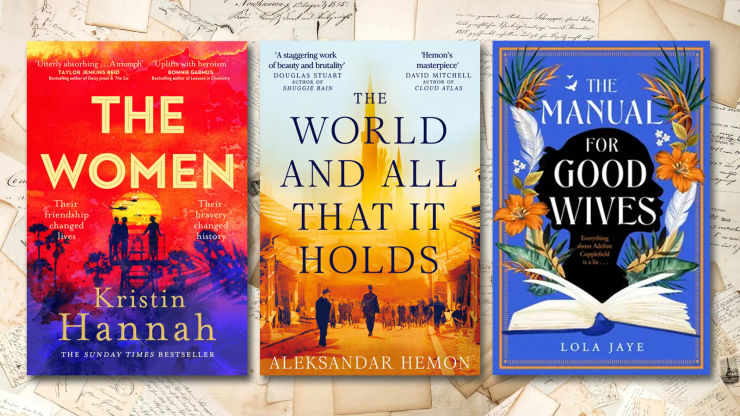The best books about London’s dark history
From the Black Death to body snatchers, author Lizzie Pook recommends vivid novels which bring the capital’s grisly past to life.

For centuries, London has provided rich fodder for writers. The capital has seen it all: wars, serial killers, plagues and natural disasters, its streets thrumming with stories of crime and corruption, from the poorest slums to the grandest palaces.
And there’s nothing more intoxicating than novels that explore the darkest parts of London’s history – tales of the grim and the grotesque, the shocking and the sublime. Stories that are all the more staggering because they have their basis in truth. Whether it’s London’s love affair with public executions, the grim secrets lurking beneath the surface of the mighty River Thames, or its crumbling tenements teeming with cutpurses and drunks, there’s no better way to immerse ourselves in the stink and the squalor than by turning the pages of a book.
The following selection should come with a warning: may cause swooning, sweating and sleeplessness. Because you’ll feel as if you’ve been transported back to the dangerous, dynamic darkness of London with these evocative reads.
For more inspiration, take a look at our list of the best historical fiction books of all time.
The Doll Factory
by Elizabeth Macneal
Macneal’s luminous debut is sprinkled with true events and characters plucked from London’s history – most notably members of the pre-Raphaelite brotherhood, who sought inspiration for their paintings on London’s street corners and in its dimly-lit public houses. The novel follows Iris, a young doll-maker who is tempted away from her life of drudgery by Louis Frost, an ambitious young painter. But as Iris becomes swept up in a new life of art, sex and pet wombats (yes, really) she is unaware that she has caught the eye of someone dangerous, curiosity collector Silas Reed, who will stop at nothing to feed his obsession.
Blood & Sugar
by Laura Shepherd-Robinson
London’s shocking history of enslavement is dissected and laid bare in Shepherd-Robinson’s tense and eye-opening thriller. A body has been found, swinging from a hook at Deptford Dock, horribly mutilated and branded with a mysterious enslaver’s mark. Captain Harry Corsham, an aspiring politician and celebrated soldier, sets out on the trail of a murderer, following clues that lead him to learn of the disappearance of an old friend. The salt-smattered docks form an absorbing backdrop, but it’s the author’s meticulous research into the British slaving industry, and its abominable truths, that make this a must read for history buffs.
The Great Stink
by Clare Clark

In the mid-nineteenth century, Joseph Bazalgette set about transforming London’s notoriously unsavoury sewer system. Summer 1858 had heralded The Great Stink, with hot weather taking the stench of the untreated human waste and industrial effluent languishing on the banks of the Thames and blasting it across the city. It’s an environment that’s brought to vivid, stinking life in Clark’s remarkably sensory novel, which tells the story of engineer William May, who returns from the battlefields of the Crimea and secures a job working on the new subterranean sewer system. When William is implicated in a murder, he begins to lose his tenuous grip on his sanity. Plagued by visions and nightmares, he turns to Long Arm Tom, a sewage scavenger, and his loyal dog, Lady, for help.
Fingersmith
by Sarah Waters
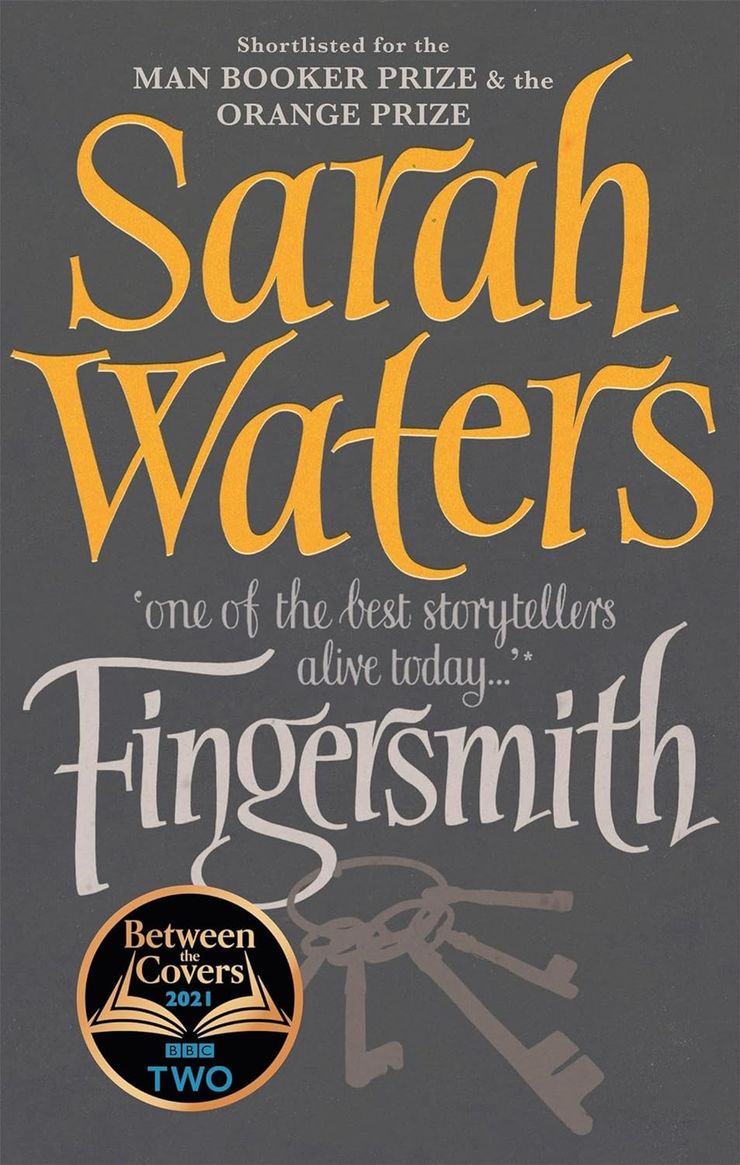
Waters’ phenomenal novel takes its reader and thrusts them into a London underworld swarming with pickpockets and petty thieves. It’s 1862 and Sue Trinder, orphaned at birth, is growing up under the brittle but tender care of Mrs Sucksby and her ‘family’. When Susan is persuaded to pose as a lady’s maid to infiltrate the house of a young orphan-heiress in the country, it becomes clear that her fate is linked to someone living a very different life to hers. Taking in the boisterous taverns of Borough and the claustrophobic walls of the capital’s asylums, it’s an astonishingly vivid, although rarely flattering, portrait of Victorian London in all its squalor and decay.
The Confessions of Frannie Langton
by Sara Collins
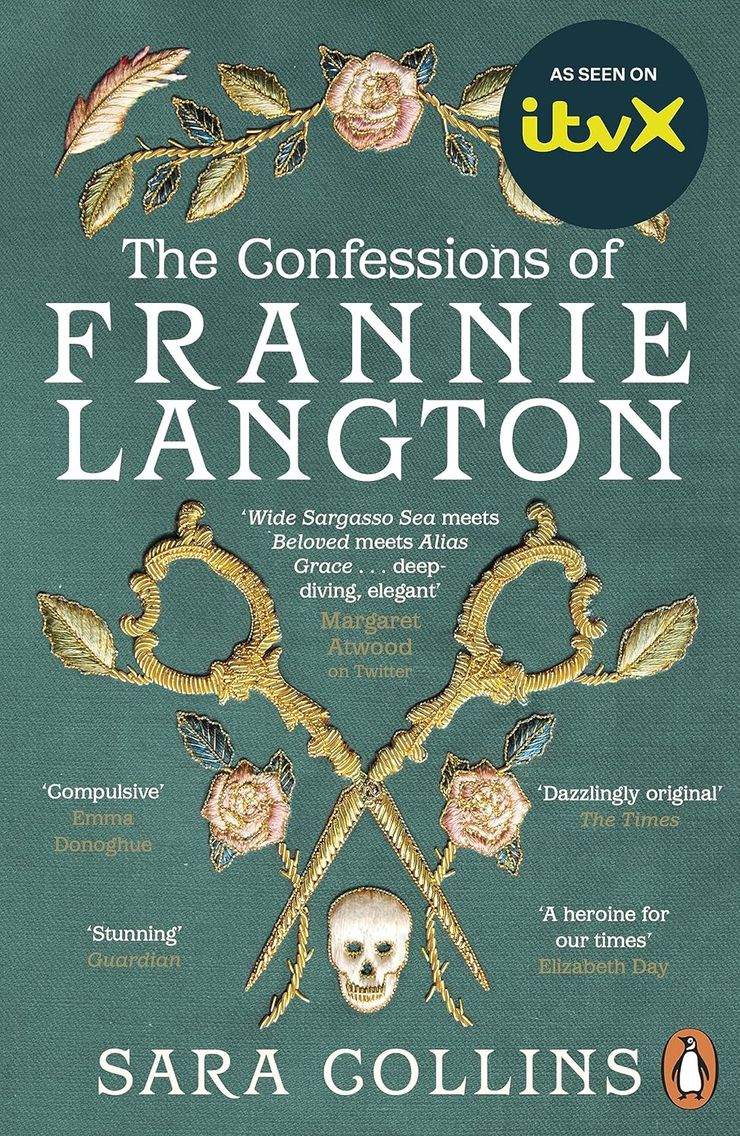
1826. The capital is abuzz with scandal as servant and formerly enslaved Frannie Langton is accused of murdering her employer, renowned scientist George Benham, and his wife. The case against Frannie is damning. She is a seductress, the papers say, a smart manipulator, a whore. Frannie claims not to remember the events of that fateful night. But she has another truth to tell, a story of crimes even worse than murder, perpetrated by the whole of English society itself. Moving from the fetid streets of Georgian London to life on a Jamaican sugar plantation, the book trains a lens on London’s long and dark history of prejudice, racial oppression and barbarity.
The Woman in White
by Wilkie Collins
On a moonlight night in north London, Walter Hartright, a young drawing teacher, encounters a beautiful, agitated woman dressed entirely in white. It doesn’t take long for him to become wrapped up in solving the mystery of her distress. The story that follows is heady and hallucinatory, encompassing espionage, body swapping, white mice, poisons and murder. A landmark slice of gothic detective fiction, often cited as the book that launched Victorian sensationalist fiction, it guides the reader along London’s abandoned roads and through the doors of its infamous madhouses to find answers.
Other Women
by Emma Flint
Set in the 1920s, and inspired by the real life murder of Emily Kaye, Other Women explores London at a difficult crossroads. Its inhabitants, still in mourning, are struggling to come to terms with the fall-out of the Great War. Thousands of husbands, fathers, sons and sweethearts have been lost forever. Against this backdrop another story is unfurling, one that unites two very different women, Beatrice and Kate, whose lives become intertwined when a tryst between lovers ends in murder. As well as the devastation left behind after the war, Other Women also explores the damaging impact of misogyny and prejudice on a society.
The Crimson Petal and the White
by Michael Faber
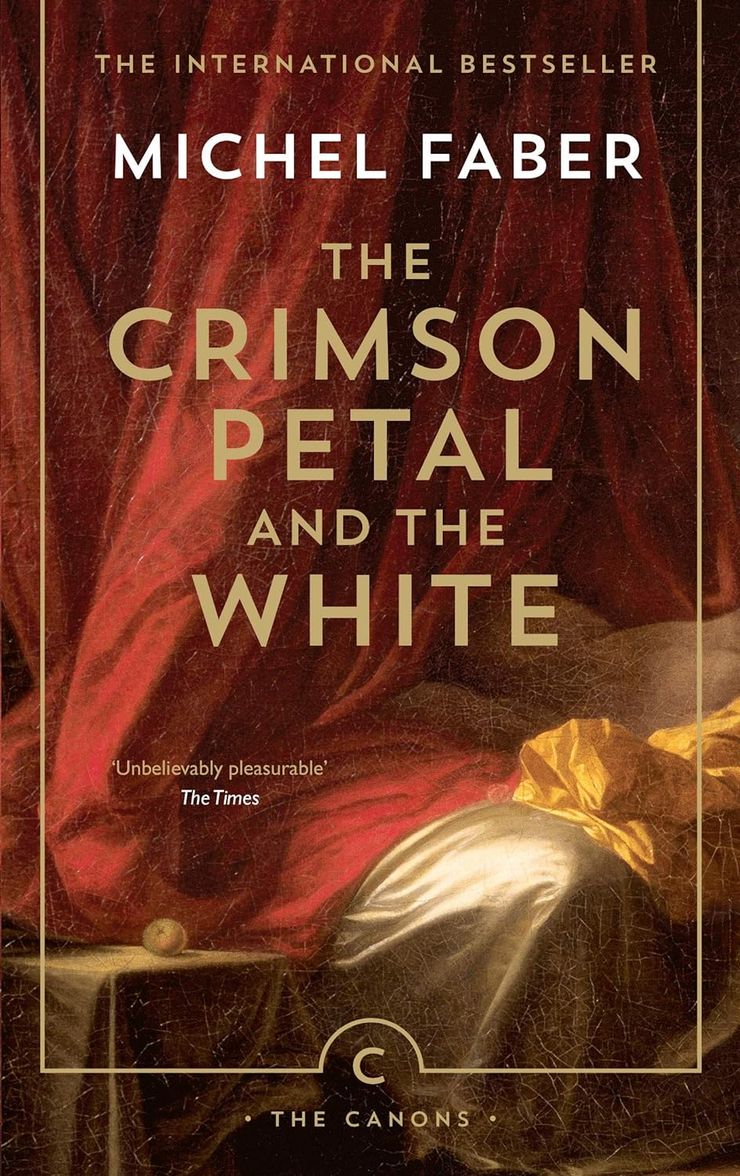
Stuffed with brothel houses, asylums, governesses and beer-soaked taverns, The Crimson Petal and the White follows the travails of ‘clever’ nineteen-year-old sex worker Sugar, who has her eyes and social aspirations set on William Rackham, a wealthy perfume magnate. We follow Sugar every step of the way as she does whatever she must to drag herself from London’s gutter and into glittering high society, and all the while we are dragged unflinchingly into the muckiest parts of London’s history – interrogating the crude and the dirty, from the Victorian sex worker's douching routine to the psychotic brain of the trademark ‘mad woman in the attic.’ A mind-boggling, dizzyingly evocative jaunt into the darkest, most dastardly decadent parts of the capital’s past.
Lizzie Pook is the author of Maude Horton’s Glorious Revenge
Maude Horton's Glorious Revenge
by Lizzie Pook
London, 1850. Constance Horton has disappeared. Maude, her older sister, knows only that Constance abandoned the apothecary they call home, and, disguised as a boy, boarded a ship bound for the Arctic. She never returned. When she finds Constance’s journal, it becomes clear that the truth is being buried by sinister forces. To find answers Maude must step into London’s dark underbelly, and into the path of dangerous, powerful men. The kind of men who seek their fortune in the city’s horrors, from the hangings at Newgate to the ghoulish waxworks of Madame Tussaud’s.
